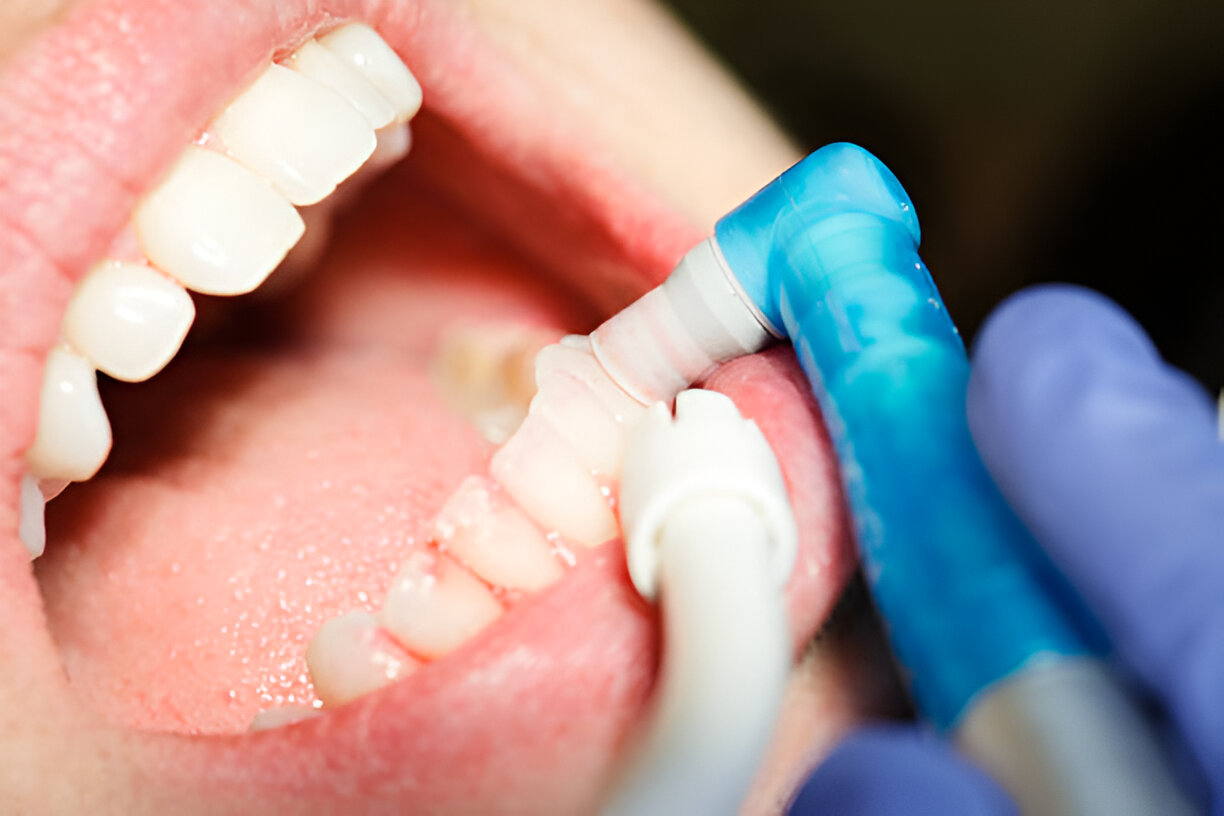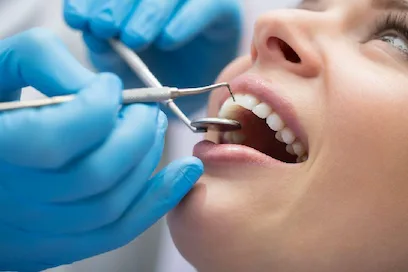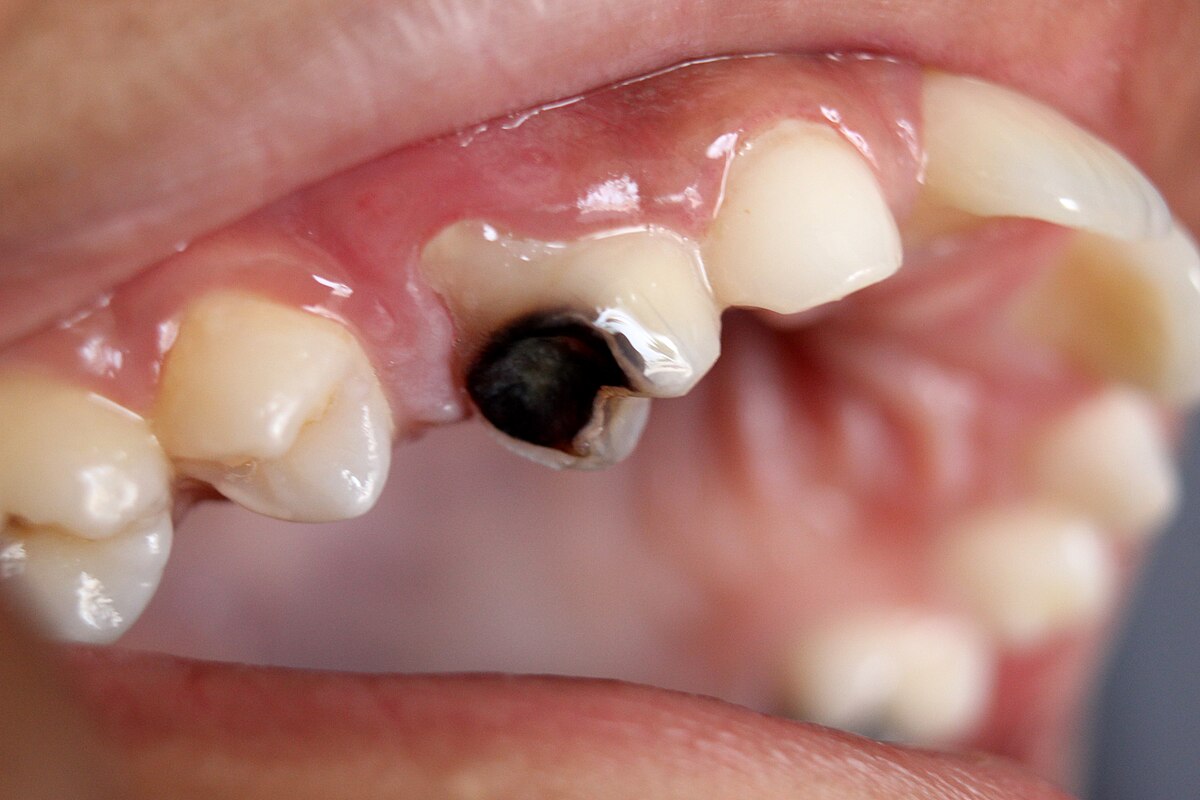The 5 Steps of the Dental Cleaning Process
Regular dental cleanings are an essential part of maintaining oral health and preventing cavities, gum disease, and other dental issues. During a professional cleaning, your dentist or dental hygienist removes plaque, tartar, and stains that can’t be eliminated by regular brushing and flossing alone. If you’re wondering what happens during a dental cleaning, this article breaks down the five key steps in the dental cleaning process to help you understand what to expect during your visit.
1. Physical Examination
The first step in the dental cleaning process is a thorough physical examination of your teeth and gums. Your dentist or hygienist will begin by examining your mouth to check for any signs of oral health issues such as gum disease, cavities, or oral infections. This step is crucial in identifying any concerns that may require further treatment.
What Happens:
- Your dentist or hygienist will check your gums for inflammation or recession.
- They may also look for any signs of tooth decay, broken fillings, or signs of oral cancer.
- The dental professional may use a small mirror and an explorer tool to examine your teeth and gums.
Why It Helps:
- Early detection of oral health issues allows for prompt treatment, preventing more serious conditions in the future.
2. Scaling
Scaling is the process of removing plaque and tartar buildup from your teeth and along the gum line. Plaque is a sticky film of bacteria that forms on teeth, and if not removed, it hardens into tartar (also called calculus). Tartar cannot be removed by brushing alone, so professional scaling is necessary to eliminate it.
What Happens:
- Using special instruments, the dental hygienist or dentist will gently scrape away the tartar from the surface of your teeth, especially in hard-to-reach areas.
- They may use an ultrasonic tool that vibrates at high frequencies to loosen and remove tartar, followed by a hand-held scaler for precision.
Why It Helps:
- Scaling removes plaque and tartar that can lead to tooth decay and gum disease, helping to keep your teeth and gums healthy.
3. Polishing
After scaling, the next step is polishing your teeth. Polishing is a cosmetic procedure that gives your teeth a smooth, shiny surface, helping to remove any remaining plaque and surface stains.
What Happens:
- The hygienist uses a motorized instrument with a soft rubber cup that spins and a special gritty paste to polish the teeth.
- This paste helps buff away surface stains and smooths the teeth to prevent plaque buildup.
Why It Helps:
- Polishing enhances the appearance of your teeth by removing minor stains and makes it more difficult for plaque to stick to the surface, leaving your teeth feeling smooth and clean.
4. Flossing
Flossing is a crucial step in the dental cleaning process to ensure that areas between your teeth, where your toothbrush may not reach, are thoroughly cleaned. This helps to remove any remaining debris and plaque buildup.
What Happens:
- The dental hygienist will use dental floss to clean between your teeth and along the gum line.
- If you have tight spaces or dental work like crowns or bridges, the hygienist may use special tools or flossing alternatives to reach those areas.
Why It Helps:
- Flossing removes plaque and food particles that may be trapped between your teeth, helping to prevent cavities and gum disease in those hard-to-reach areas.
5. Rinsing with Fluoride Treatment
The final step in the dental cleaning process is a fluoride treatment. Fluoride helps to strengthen your teeth and protect them against cavities. While fluoride is often present in toothpaste, a professional fluoride treatment is more concentrated and provides added protection for your teeth.
What Happens:
- After flossing, the hygienist will have you rinse your mouth with a fluoride solution, which may be in the form of a gel, foam, or varnish.
- The treatment is typically left on your teeth for a few minutes to allow the fluoride to be absorbed.
Why It Helps:
- Fluoride helps remineralize weakened enamel and provides a protective barrier against bacteria that cause tooth decay, helping to keep your teeth strong and cavity-free.
Conclusion
The dental cleaning process is a routine procedure designed to maintain your oral health and prevent dental issues. It typically includes a thorough physical exam, scaling to remove plaque and tartar, polishing for a smooth finish, flossing to clean between the teeth, and a fluoride treatment to protect your enamel. Regular dental cleanings, typically recommended every six months, are essential for maintaining healthy teeth and gums, so don’t skip your next appointment!
By understanding the steps involved in professional cleanings, you can feel more confident about the process and the long-term benefits of keeping your smile in top shape.







